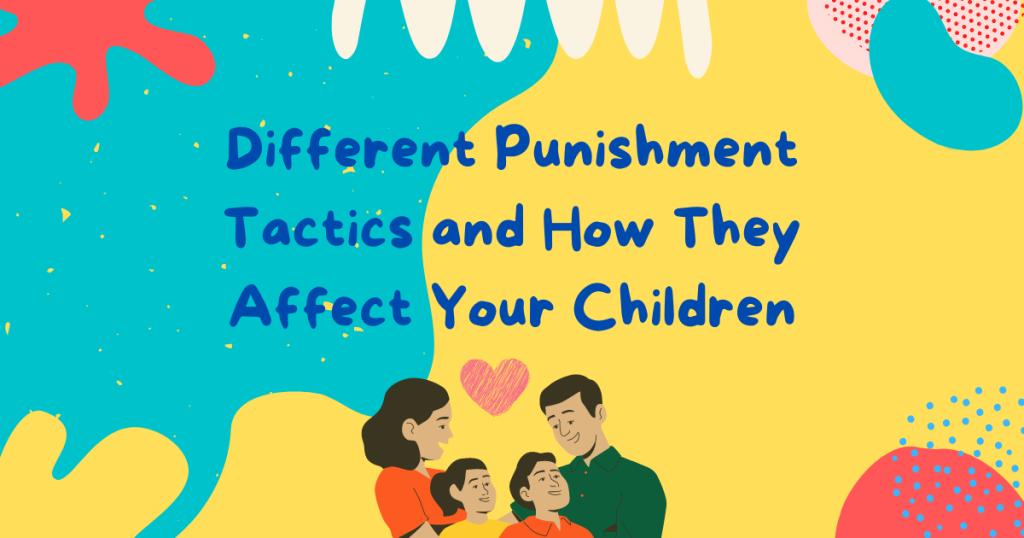Parents understand that if you give a child an inch, they will often go a mile. It is important to establish ground rules and boundaries with children for this reason. However, what happens when they don’t obey? How can you address their behavior?
The role parents play in the lives of young children is extremely influential. Using your influence, you should implement good parenting and a solid punishment tactic. Learn more about popular punishment tactics and how they can help your child grow into the best version of themselves.
Table of Contents
What are Popular Punishment Tactics?
You can discipline your child in many ways, but which one is for you and them? The punishment tactic you use in your household can be effective, you simply have to find the right one. It is pertinent that you also learn the effect of punishment on an individual’s mental health and overall well-being.
Corporal Punishment
Corporal punishment, also known as physical punishment, is a tactic that was used by many parents in previous generations. While it has had some success, it is often frowned on in the present day. Some examples of corporal punishment include: spanking, hitting the child with a belt, wooden spoon, stick, paddle, etc. In some cases, a parent may wash their child’s mouth out with soap or make them eat hot sauce. With this punishment tactic, there are immediate consequences. Immediate consequences are beneficial because the child can make connections between bad choices and punishment. However, physical punishment can often lead to abusive behaviors from parents that can affect the child’s physical and mental well-being.
Zero Tolerance
When a parent enforces a zero-tolerance punishment tactic, they must set clear boundaries for their children. Zero-tolerance states that anything done outside a rule or law results in a specific punishment. For example, a student acting out in school. A principal is allowed to issue suspension or expulsions if the child acts outside of the boundaries stated. Within your home, you can also use zero-tolerance. Clear boundaries must first be set before issuing this punishment. Zero-tolerance teaches a child that there are always consequences to our actions and rules are meant to be followed.
Rewarding Good Behavior
In some cases, parents prefer to stay away from punishment and instead only reward good behavior. There are many benefits to rewarding good behaviors and choices. Children often grow up with more self-confidence. How do you implement this tactic? When your child needs to accomplish a task, instead of punishing them for not completing it, you can offer them a reward. For example: if you finish your homework every day of the week, you get to go out for ice cream on Friday night. By offering incentives, you are teaching your child the importance of hard work and motivation.
Taking Things Away
Lastly, some parents rely on the classic tactic of taking things away. This is the polar opposite of rewarding good behavior. Instead of offering an incentive, you offer a punishment. For instance: if your child does not come home by curfew, they lose driving privileges for a week. This tactic can work with younger children as well. Some examples of taking things away could include: time-out, taking toys away until a proper behavior is established, taking away screen time of an evening, etc. By taking things away, you are teaching your child that consequences can be prolonged if the proper behavior is not shown.
What Now?
You are probably wondering: which tactic should I use? Is one better than all the rest? The best tactic is the one that works well for your child and adheres to your morals.
If your child is fairly well-behaved, they benefit best from a reward system! However, if you have a teenager in the home, the best technique may be taking things away.
It’s important to evaluate your family and your morals before testing various tactics. The most imperative thing is keeping your child safe, healthy, and happy.
